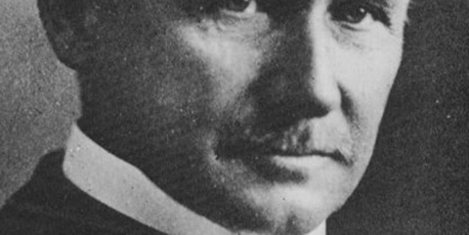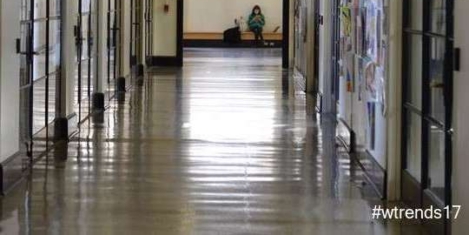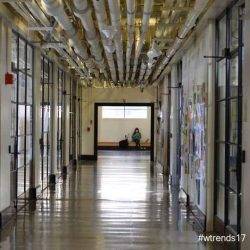November 23, 2017
Time for Britain to face up to its post-Brexit skills shortage
A new and dramatic wrinkle seems to be added to the process of Brexit talks every week. But rumbling underneath the political positioning are some fundamental problems for business. Perhaps the most startling challenge is the prospect of a cavernous skills gap. A lot of attention has been paid to the problems of low-skilled workers – the “left-behind” who voted for Brexit in the first place, and the migrants who are currently propping up the agricultural economy and doing the jobs that UK workers don’t want to do. But a more pressing issue is the fact that for too long a large proportion of our skilled labour has been coming from outside the UK. This is not only in the form of skilled individuals who are recruited to work for companies and public sector organisations in the UK, but also in the way Britain outsources the manufacture of complex parts to companies in the rest of Europe. (more…)










 Those working within the built environment are already in the change business, was the view of Neil Usher of
Those working within the built environment are already in the change business, was the view of Neil Usher of 













December 4, 2017
There is no clash of the digital and analogue worlds
by Steve Brewer • Comment, Technology, Workplace design
Take no notice of the headline grabbing writers in the media. No battle lines are being drawn up between advocates of the analogue world of the 1960s/70s and those promoting the pioneering ideas for a bold digital 21st century. Despite the rhetoric written about driverless cars, being able to make phone calls by just thinking about who we want to call and the advance of artificial intelligence, we will almost certainly benefit from advances in technology.
(more…)